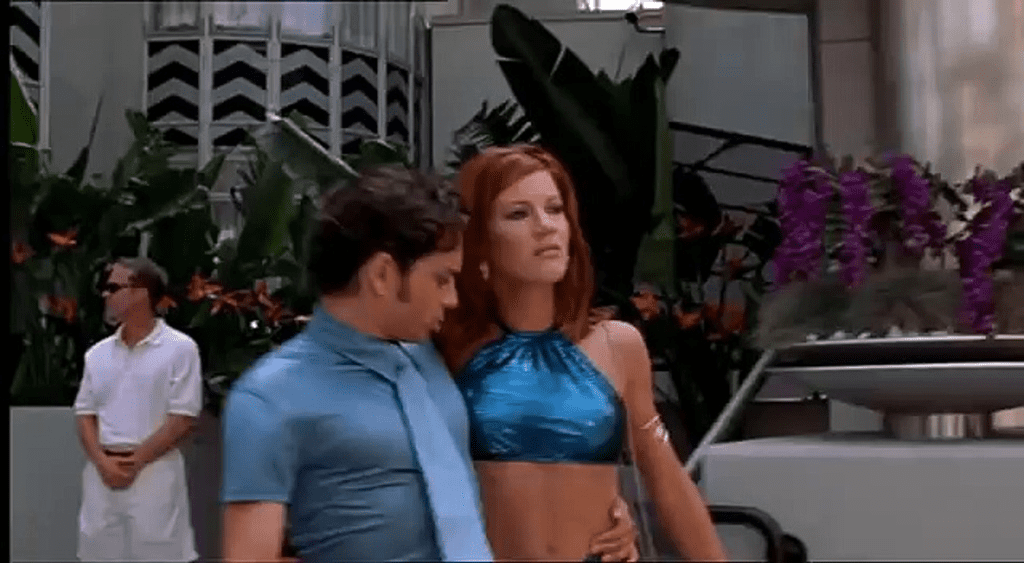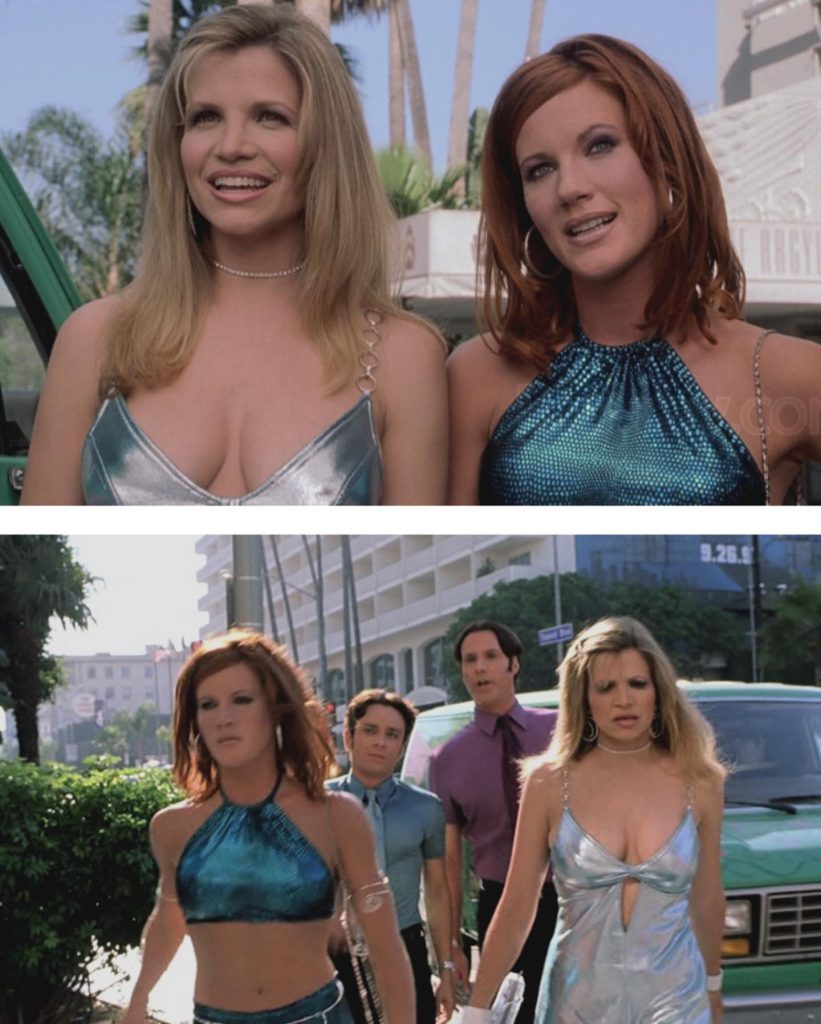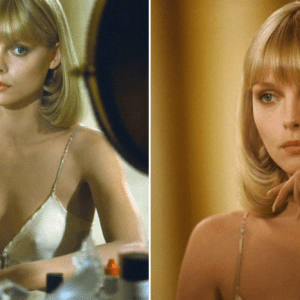
The late 1990s was a golden age for comedy films with outlandish characters, catchy soundtracks, and scenes drenched in nightclub neon. Among them, A Night at the Roxbury stood out, offering a hilarious look into the lives of two eccentric brothers chasing fame, fun, and acceptance on the dance floor. And while Will Ferrell and Chris Kattan’s performances grabbed headlines, Carrie Stevens quietly carved out one of the film’s most talked-about moments—despite not being front and center.
Her cameo lasted mere moments, but it served as a linchpin in building the atmosphere the film needed. It wasn’t about dialogue—it was about presence, allure, and playing into the fantasy that the Butabi brothers so desperately wanted to be part of.
Video: A Night At The Roxbury [Club Dance Scene]
In A Night at the Roxbury, Carrie Stevens appeared as a high-profile clubgoer whose visual presence made a statement. She embodied the aspirational glamour the movie’s lead characters pined for. As audiences watched Doug and Steve fumble their way through Los Angeles nightlife, Stevens’ character offered a contrast—a composed, captivating, and confident woman who personified the exclusive club scene.
This role didn’t call for loud punchlines or elaborate setups. It called for silent charisma—and Stevens delivered that flawlessly. Her performance added dimension to the club world, grounding it with elegance and credibility.
In the crowded, high-energy world of the Roxbury nightclub, not every actor can stand out. But Stevens managed to do just that. Through every glance and subtle shift, she added texture to her environment. She didn’t need to overact. She simply was—graceful, magnetic, and unforgettable.

Her eyes carried emotion, her posture radiated sophistication, and her chemistry with the camera was undeniable. In a movie where energy was constantly dialed up to ten, Stevens gave a performance that offered balance. She was the calm, cool force in the chaos.
Every scene in A Night at the Roxbury was built to be exaggerated, full of color and comedy. Yet, Stevens’ brief moment offered something quietly impactful. Her beauty, poise, and style contributed to the illusion that the Butabis were chasing—a world where everyone looked like a star.
That illusion wouldn’t have worked without believable icons to populate the background. Stevens didn’t just decorate the scene; she gave it purpose. Her role made the dream tangible, made the club feel real, and gave the audience a taste of what the brothers were chasing.
Video: A Night at the Roxbury (4/7)
Years after the movie’s release, Carrie Stevens’ name still gets mentioned in fan discussions and retrospectives. Her appearance sparked curiosity and admiration—viewers took notice of her even in a sea of flashy costumes and energetic performances.
Part of that is due to the movie’s cult status, but much of it is because Stevens understood the value of “less is more.” She didn’t demand attention—she commanded it. That kind of performance lives in memory long after the credits roll.
Hollywood is full of actors with resumes. But casting someone like Carrie Stevens wasn’t just about appearance—it was about authenticity. She brought with her a mix of real-world elegance and approachable confidence. That energy translated effortlessly onscreen.

Her inclusion in the film proved that even short scenes deserve meaningful casting. Every glance and movement she delivered helped sell the fantasy and elevated the film’s visual tone. These moments, though fleeting, stitched together the story’s immersive world.
Carrie Stevens has spent her career navigating multiple industries with success. From modeling and television to entrepreneurship and public appearances, she’s built a brand centered on both style and substance. Her time in A Night at the Roxbury was a sliver of that journey—but one that perfectly showcased her versatility.

She’s not the type to rely on one-note roles. Instead, she chooses projects that let her blend visual presence with subtlety, offering performances that stay with the viewer. Roxbury was no exception.
One of the most overlooked aspects of ensemble films is the power of background characters to create realism. Stevens did more than that—she brought layers to the atmosphere. She elevated the vibe. Her look, her walk, her calm confidence—they all worked together to form an ideal that the movie revolved around.
It wasn’t an accident. It was the result of someone who knew how to carry herself with poise and intention, even when the camera wasn’t fixed solely on her.

Carrie Stevens’ cameo in A Night at the Roxbury remains a defining moment for fans who understand the impact of subtle performances. She gave life to a scene that needed authenticity and visual flair, and she did it without needing a single line of dialogue.
Her presence added class, clarity, and realism to a film that walked the line between satire and sincere aspiration. And in doing so, she helped make one of Hollywood’s most unforgettable club scenes truly sparkle.


